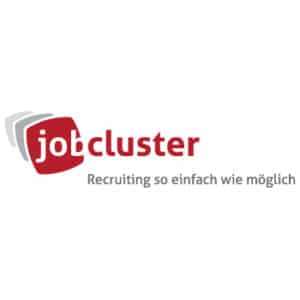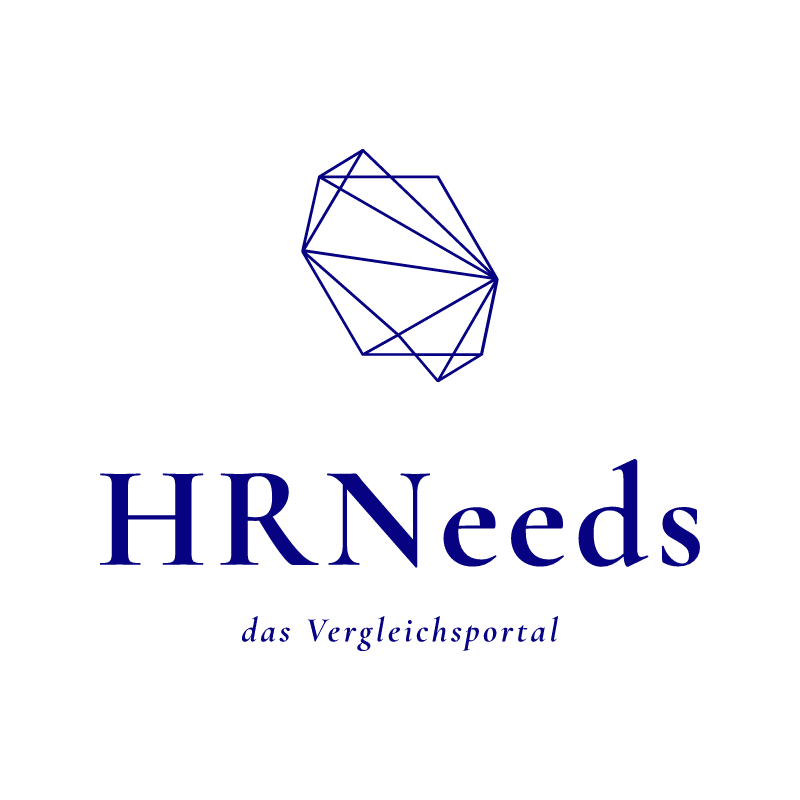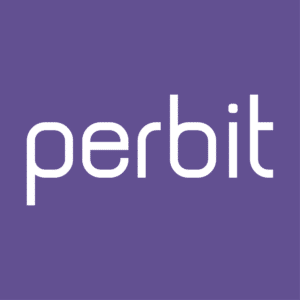
HR reporting and HR analytics: How they can change the rules of the game for HR departments
free software recommendation
Get the right software solution from experts
The importance of data and metrics in human resources departments is continually growing – key performance indicators (KPIs) in particular are valuable. They make it possible to quantify the performance of company departments and thus provide insights into costs, for example in the area of recruiting. It is therefore noteworthy that many HR managers neglect recording HR metrics: According to a study by Onlyfy by Xing, 29 percent of all HR managers are currently neglecting the opportunity to gain valuable insights into the performance of their HR processes.
The main focus of using metrics is to evaluate performance and make informed strategic decisions. The recording and evaluation of such KPIs forms the basis. This is where “HR reporting” and “HR analytics” come into play – two key terms that HR managers should deal intensively with. It is important to understand that although these terms have similar foundations, they differ in their goals, data collection methods, and results.

HR reporting – efficient collection and analysis of data
The core function of HR reporting is the structured collection and presentation of current HR data. This includes the regular creation of standardized reports that contain a variety of metrics and indicators to represent the ongoing activities of the HR department.
Essentially, the goal of HR reporting is to provide a clear overview of the current performance of the HR department. For example, common HR reports might include monthly evaluations of the performance of recruiting channels, headcount, turnover, new hires and departures, and compliance with training goals. It is recommended that this data be centralized and collected objectively on a platform.
A solution for clear insights
Modern recruiting tools like Jobcluster’s One-Click Recruiter are perfect for getting a comprehensive overview of all relevant HR metrics. These tools give HR managers the ability to spot current trends, identify bottlenecks and take immediate action. HR reporting therefore acts as a retrospective tool based on past and current data.
HR analytics - data-based decision-making in personnel planning

The focus of HR analytics is the use of big data – these are extensive and complex data sources (such as data lakes). These sources contain a variety of information, from performance metrics found in job advertisements to employee performance data, external market trends and knowledge of socioeconomic factors. By integrating various data sources, modern HR analytics tools (e.g. performance analytics) can provide a more comprehensive analysis that surpasses traditional HR reporting.
The goals of personnel analytics are broad: In addition to forecasting personnel needs and optimizing recruiting processes, it also aims to provide strategic recommendations for top management. For example, modern HR analytics tools can provide metrics such as cost per application to show decision makers which recruiting channels are relevant for their recruitment. This data can be grouped and filtered according to various criteria such as job profiles, regions and locations.
The data as a decisive factor
Based on the insights gained from HR analysis, companies can develop cost-effective media plans for their long-term recruitment. These recommendations are generally based on data-driven insights and can help improve the overall performance of organizations.
HR reporting and HR analytics compared

In summary, HR reporting aims to systematically collect and present current HR data to provide insight into the current performance of the HR department. In contrast, HR analytics enables comprehensive analysis of big data and complex data sources to provide strategic recommendations to top management and improve the overall performance of organizations. HR analytics often builds on the foundations of HR reporting.
Synthesis between HR reporting and HR analytics – complementary tools
The regular collection and reporting of HR data through HR reporting serves as the basis for more advanced analyzes through HR analytics. The two approaches should therefore not be viewed as alternatives, but rather as complementary tools for optimizing human resources management.
A combination of the two approaches is the key to success
At a time when data-based decisions are becoming increasingly important, the combination of HR reporting and HR analytics is becoming a key factor in the success of organizations. While HR reporting represents the current status of the HR department, HR analytics enables a look into the future in order to make well-founded and strategic decisions.
The game changers here are modern recruiting and analysis tools, e.g. performance analytics, which provide HR managers with the relevant HR metrics. This allows HR managers to make data-based decisions that give them an advantage over the competition.
What do you have to pay attention to when choosing applicant management software?
All-in-one solution vs. specialized solutions, cloud or server?
First of all, it is important to consider whether you choose a specialized solution designed exclusively for recruiting or whether you prefer a comprehensive provider that offers various HR software modules, of which applicant management is just one of them.
A specialized, stand-alone solution is usually
– quickly available
– easy to install
– and cost effective.
In contrast, a comprehensive provider offers the advantage that there are no difficulties with integration and applicant data can be automatically used in other modules such as personnel development. In addition, additional modules can be easily activated over time if necessary. You also have to decide whether you want to work cloud-based or server-based. Companies are currently increasingly preferring cloud-based solutions instead of traditional software that is installed locally on their own servers. This allows for an easier and more flexible application process without applicants having to log in or register on career sites. The latter is hardly used on the market anymore anyway.
Insider tips for companies.
Here are some recommendations for companies looking for modern recruiting software:
- User-friendly interface and efficient job management: Easy-to-understand, intuitive interface so that other departments besides HR can work with it.
- Communication from the system: All communication should be stored in the applicant management system.
- Role and rights concept: Authorizations and other settings can be changed individually. This ensures that only people with the appropriate rights can see the applicant data.
- Integration: Seamless integration of applicant management software with other systems such as payroll software or Outlook is important.
- Customizable Workflows: Workflows should be easily and quickly changeable to meet changing needs.
- Process automation: Routine activities such as the automated sending of templates for confirmations of receipt, rejections or compliance with deletion deadlines should be able to be automated.
- Career site should be search engine optimized: An optimized career site makes it easier for potential applicants to find open positions, as many candidates use search engines such as Google to search for jobs.
- Multilingualism: The software should support multiple languages and ideally provide an automatic translation tool.
- HR reporting and HR analytics: The importance of key figures in HR departments is constantly increasing. In particular, KPIs that provide information about recruiting costs are invaluable for assessing effectiveness.
- Corporate Identity: The software should support the company’s corporate identity, for example by taking the relevant brand guidelines into account when designing advertisements.
- Customer support: It is important to pay attention to the provider’s services and service hours in order to receive support when needed.
- Data protection and certifications: The software should meet the requirements of the General Data Protection Regulation (GDPR) and have the data center and company headquarters either in Germany or at least in an EU country, ideally with appropriate certifications.


